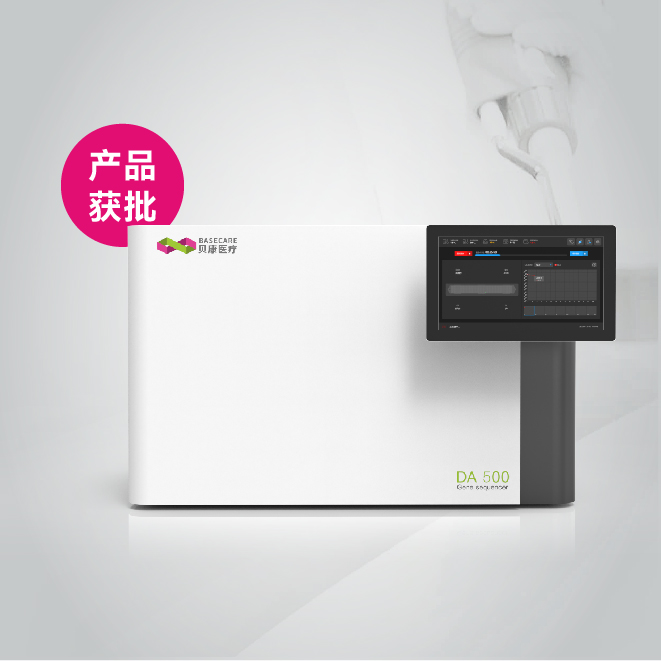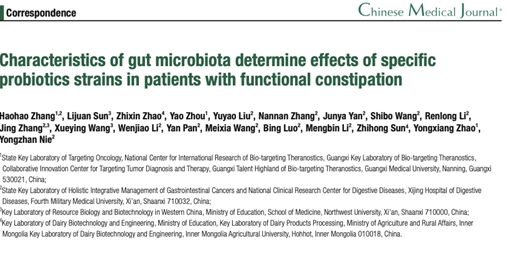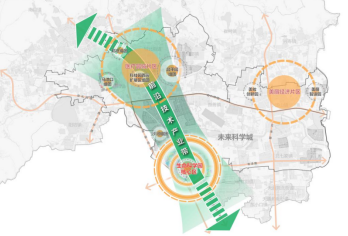Eric Lader, Ph.D
elader@ambion.com
Marketing Product Manager
Manager, Product
Applications Group
Agenda
Sample prep considerations
• Tissue handling : do’s and don’ts
• RNA isolation: what’s important
• My favorite RNA isolation method
• Genomic DNA contamination
RT considerations you’ve never considered
• Endogenous priming
• RT inhibition of PCR
• RT reaction times
Isolating RNA: Issues and Concerns
Performance
suitability for downstream applications
Yield
rapid tissue preservation
rapid and thorough sample disruption
Quality
intactness: rapid sample preservation and disruption
purity: removal of contaminants and genomic DNA
stability: complete inactivation of RNase
Isolating RNA: Stability?
Variable Stability of Prepared RNA
Steps in RNA Isolation
1. Obtain Sample
• process immediately
• preserve it
2. Disrupt sample and release RNA
• use of physical force to break cells (e.g. polytron, grinding)
• homogenization in chaotrope (GuSCN, LiCl) or detergent (SDS)
3. Extract and purify RNA
• acid phenol/chloroform (RNAwiz, TRIzol, etc.)
• glass filter (RNAqueous, RNeasy, etc.)
• oligo (dT) chromatography (PolyAPurist, etc.)
4. Store RNA (0.1X TE, 0.1mM EDTA, or 1 mM Citrate pH6.4)
Eric Lader, Ph.D
elader@ambion.com
Marketing Product Manager
Manager, Product
Applications Group
Agenda
Sample prep considerations
• Tissue handling : do’s and don’ts
• RNA isolation: what’s important
• My favorite RNA isolation method
• Genomic DNA contamination
RT considerations you’ve never considered
• Endogenous priming
• RT inhibition of PCR
• RT reaction times
Isolating RNA: Issues and Concerns
Performance
suitability for downstream applications
Yield
rapid tissue preservation
rapid and thorough sample disruption
Quality
intactness: rapid sample preservation and disruption
purity: removal of contaminants and genomic DNA
stability: complete inactivation of RNase
Isolating RNA: Stability?
Variable Stability of Prepared RNA
Steps in RNA Isolation
1. Obtain Sample
• process immediately
• preserve it
2. Disrupt sample and release RNA
• use of physical force to break cells (e.g. polytron, grinding)
• homogenization in chaotrope (GuSCN, LiCl) or detergent (SDS)
3. Extract and purify RNA
• acid phenol/chloroform (RNAwiz, TRIzol, etc.)
• glass filter (RNAqueous, RNeasy, etc.)
• oligo (dT) chromatography (PolyAPurist, etc.)
4. Store RNA (0.1X TE, 0.1mM EDTA, or 1 mM Citrate pH6.4)
Step 1 in RNA Isolation: sample handling
Obtain tissue sample
Fresh tissue: can not pause until lysate obtained
or …
Snap Freeze with Liquid N2:
Not possible in many settings
Cumbersome; must carry Dewar
Grinding tissue is laborious and potentially hazardous
Handling and transfer difficult (cross-contamination?)
Processing large fragments is especially problematic
Obtain tissue sample
Fresh tissue: can not pause until lysate obtained(well, not exactly…..)
Obtain tissue sample
Fresh tissue: can not pause until lysate obtained
or …
Snap Freeze with Liquid N2:
Not possible in many settings
Cumbersome; must carry Dewar
Grinding tissue is laborious and potentially hazardous
Handling and transfer difficult (cross-contamination?)
Processing large fragments is especially problematic
Effects of tissue freeze/thaw on RNA quality
RNAlater™
Tissue preservation and RNA Stabilization Solution
• Aqueous, non-toxic tissue preservation
• Standardizes tissue preservation " nucleic acid isolation
• Provides spatial and temporal separation of collection and processing with no penalties in quality or throughput
• Samples in RNAlater can be stored:
at 37°C for one day
at 25°C for 1-2 weeks: ship samples at ambient temperature
at 4°C for months frozen indefinitely: archival storage of samples
Quality of RNA from RNAlater-treated Tissue
RNA Isolation: Sample Handling Summary
Process fresh samples as quickly as possible...
(some tissues may be more stable than others!)
.. or preserve in RNAlater and treat as fresh.
Still must be processed quickly into RNAlater,but can then be handled safely.
.. or snap-freeze and process frozen.
Must never thaw: however some small samples can be directly homogenized with a polytron.
Step 2 in RNA Isolation: Sample Disruption
Choice of disruption method critical for yield and quality
Dear Dr. Lader:
I am working at Johns Hopkins School of Medicine. Now we want to isolated RNA from mouse brain cortex for microarray. I have some problems for that and need your troubleshooting and some suggestion. I isolated total RNA following TRIZOL protocol, homogenizing tissue with Sonicator. After redissovling the RNA pellet with DEPC water, RNA concentration was round 2ug/ul. O.D. A260/280 was round 2.0.But when running the RNA at formaldehyde agarose gel (Northernax 10x MOPS gel running buffer, and Northernax formaldehyde load dye were from ambion a half year ago), the smear bands or nothing showed on the gel. I don't know what was wrong during isolation. Before I had worked another lab, my RNA quality was very good for RT-PCR, Northern, and RPA. Only different thing was using Polytron for homogenizing.
Your kind and help are greatly appreciated.
Best regards,
Step 3 in RNA Isolation:RNA recovery
Total RNA Isolation Methods
• Rapid
- one-step phenol-based - scalable
- glass-binding - higher potential throughput
• Phenol-free
- glass-binding
• Difficult tissues, specific challenges
- multi-step phenol based
The Hybrid RNA Isolation Method(for people who RNA isolation)
Requires: RNAqueous or equivalent
Acid Phenol:Chloroform
Protocol
• Disrupt sample in GiTC lysis buffer with Polytron
• Extract sample with 1:1 acid phenol:chloroform, spin and collect aqueous phase
• Continue with filter-based protocol
High yields
• Low residual protein (260:280 of ~2.0)
• Vacuum manifold adaptable
• Scalable 1mg - 1g tissue !!!
• Handles difficult tissues well
• No filter clogging problems
g DNA Contamination
• Filter-based purification methods yield RNA that is typically 1-10% DNA (based on real-time data).
• There is no RNA isolation method that generates RNA completely free of DNA contamination. Therefore you must DNase I treat your RNA samples
• A follow-up problem is how to get rid of the DNase I and divalent cations so they won’t be present during subsequent cDNA synthesis
DNase I treatment of RNA
increasing DNase I and time

Divalent Cations and Heat Degrade RNA
• DNase I Buffer with 0.1 mM CaCl2, 2.5 mM MgCl2
• Heated 90C, 5 minutes
• Run on formaldehyde agarose gel
• Don’t heat kill DNase I
• Unless you remove the divalents, don’t heat your RNA in the RT reaction
DNA-free™ DNase Treatment and Removal Reagents
• Optimized DNA digestion reagents
• Inactivates DNase without heating, phenol extraction or precipitation
• DNase Removal Reagent is added directly after DNase digestion:
inactivates DNase and removes divalent cations (Ca++, Mg++)
易生物实验技术频道 - 生物实验技术资料库!https://shiyan.ebioe.com
PCR 实验技术交流论坛:https://bbs.bbioo.com/forum-143-1.html
Priming 1st strand synthesis
General:
Oligo dT, anchored dT (3’ bias, library construction, 3’ RACE)
Random Primers (non biased distribution)
Gene Specific Primers (more sensitivity?)
Specialized:
Allele specific primers
Functionalized primers (e.g. T7 Promoter + dT, aRNA)
Primers with restriction sites on the ends (cloning)
Efficiency of different 1st strand primers on standard RT reactions
42℃ MMLV RT, G3PDH Taqman PCR
•random decamers
•oligo dT
•G3PDH primers
•no primers !!
Minimizing endogenous priming in RT Reactions
•MMLV 42℃
•SSII 48℃
•AMV 52℃
For standard qRT-PCR, random priming at 42oC is fine.
If there is any reason that you need specific priming:
• a specific site (gene specific or allele specific priming)
• the 3’ end (for 3’ RACE or other ‘anchored’ applications)
• using a chimeric or bifunctional primer (T7, restriction site)
RT inhibition of real-time PCR
…a high stringency RT reaction may be critical.
•No RT
•AMV (2 U)
•MMLV (20 U)
•SSII (20 U)
Reverse transcriptase (1/10th the amount in a standard RT reaction) added directly into a 25 ul G3PDH PCR
RT inhibition of real-time PCR:can be relieved by heat-denaturation
MMLV (20 U)
RT inhibition of real-time PCR
Heat inactivation must be prior to addition of Taq
RT inhibition of real-time PCR:can be relieved by addition of carrier protein
RT inhibition of real-time PCR
Take home message –
• 1 tube RT-PCR must use carrier protein(RNase inhibitor, aCry)
• 2 tube RT-PCR can either heat kill or use carrier protein
cDNA synthesis: yield vs. time 42℃
1 ug RNA, 200 units MMLV, random primed β Actin TaqMan assay
cDNA synthesis: yield vs. time 25℃
25℃ Time course, MMLV, β Actin TaqMan assay
cDNA synthesis: 25℃ vs. 42℃







